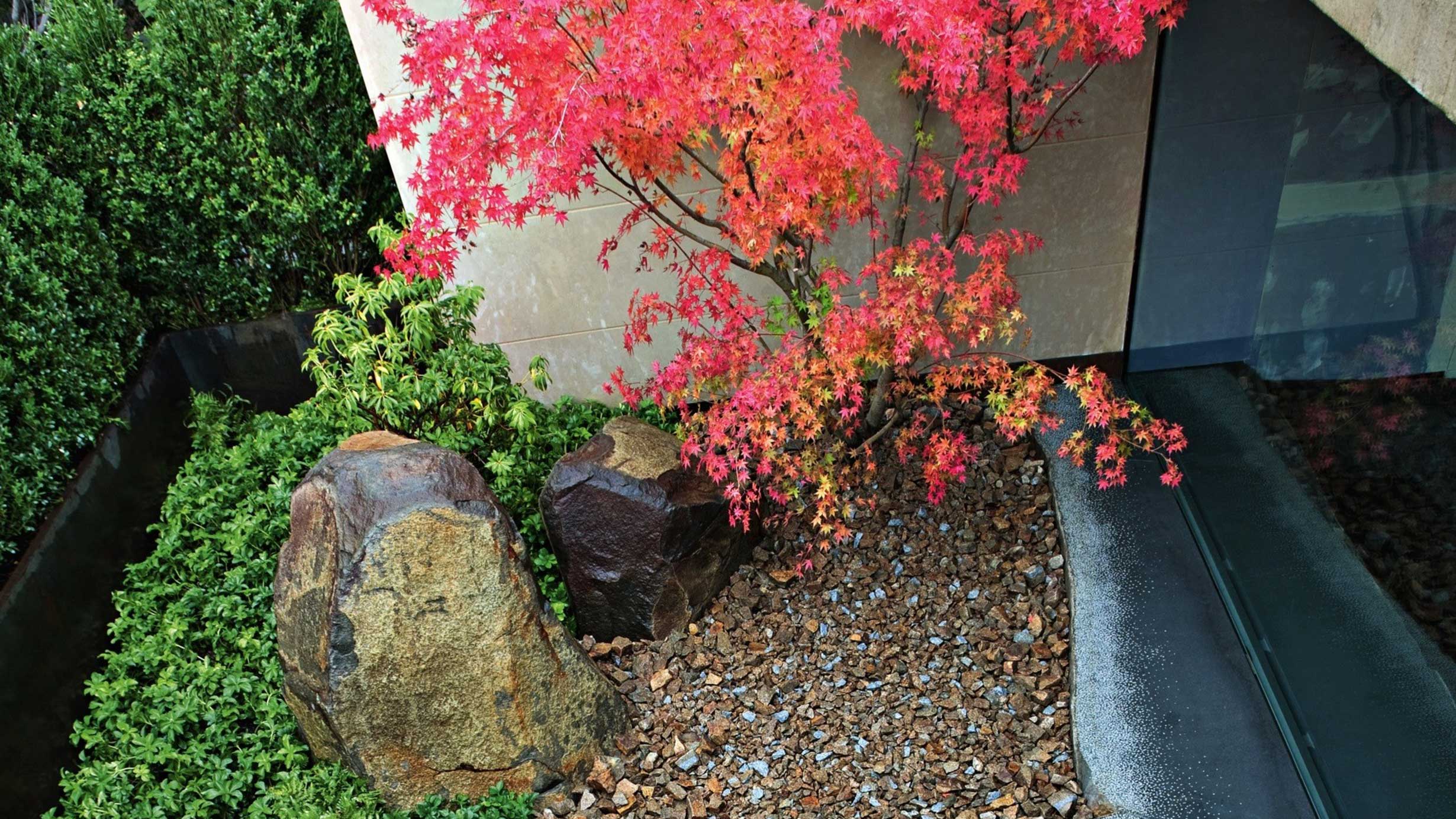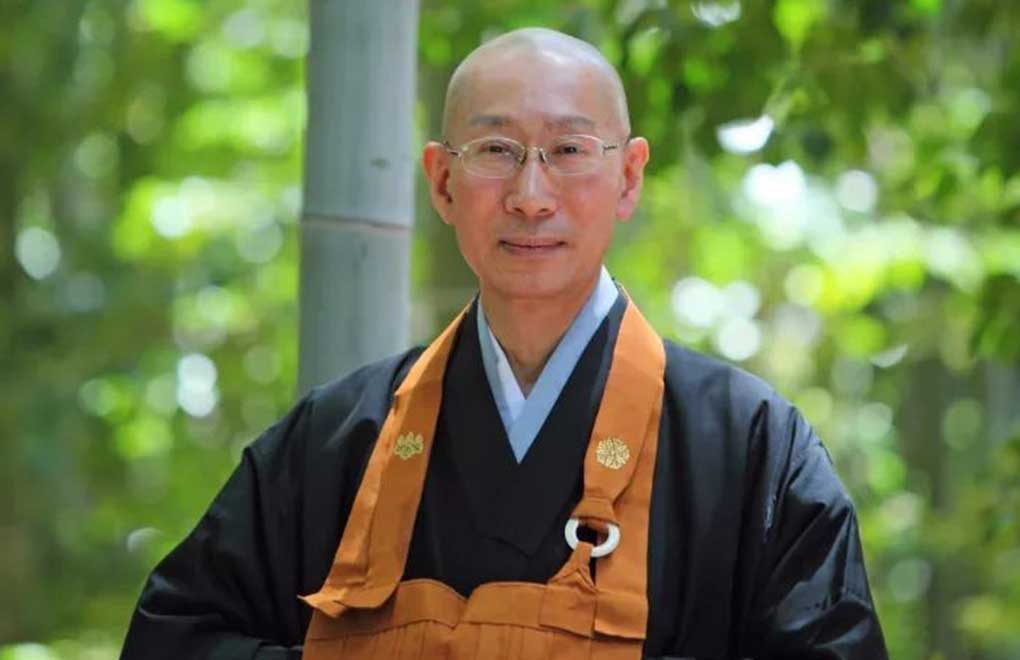下沉庭院 Sunken Courtyard
我们的下沉庭院,
交给了日本枯山水的大师 — 枡野俊明。
Our sunken courtyard is given to Shunmyo Masuno,
the master of Japanese Rock Garden.
下沉庭院的魅力是通过庭院与建筑底层绿地的坡差产生的,跟一览无余的平层庭院设计相比,这种隐于内的庭院含而不露,别有一番韵味。 The charm of the sunken courtyard is generated by the slop difference between the courtyard and the green land on the ground floor of the building. Compared with the unobstructed flat courtyard design, this hidden courtyard is mysterious and obscure, with unique charm.

风、水、空,
三个禅的庭院主题。
Wind, water and space
are the theme of three Zen courtyards.
我们共有11个下沉庭院,其中3个下沉庭院的营造,由日本枯山水的大师——枡野俊明及其团队亲手打造。风、水、空,三个禅的庭院主题,自北向南,空间的意味在无声中却是流动与呼应的。 We have 11 sunken courtyards. Among them, 3 courtyards are created by Shunmyo Masuno as the master of Japanese Rock Garden, and his team. Wind, water and space are the theme of three Zen courtyards. From north to south, the meaning of space flows and echoes silently.
枡野俊明 Sunken Courtyard Designer
Shunmyo Masuno

枡野俊明 Shunmyo Masuno
日本枯山水的主要代表人物
日本古刹建功寺第18代住持
A Major Representative of Japanese Rock Garden
The 18th-generation Abbot of Jiangong Temple as the Ancient Temple of Japan
作为日本当代景观设计界最杰出的设计师之一,枡野俊明的作品继承和展现了日本传统园林艺术的精髓,
准确地把握了日本传统庭园的文脉。 Shunmyo Masuno is a major representative of Japanese Rock Garden in the contemporary era, Japanese Zen master, and the 18th-generation abbot of Jiangong Temple as the ancient temple of Japan.
He is also one of the most outstanding landscape designers of Japan in the contemporary era. His works inherit and embody the quintessence of Japanese traditional garden art, and accurately grasp the cultural context of Japanese traditional courtyards.
代表作 Shunmyo Masuno’s Masterpieces
神奈川县横滨市 Yokohama, Kanagawa
充满了浓厚的禅意,体现了一种淡定、沉静的修为。 Tingxian Courtyard is a private courtyard which was created by Shunmyo Masuno in 2017, full of deep meditation, embodying a kind of calm and quiet practice.
神奈川县镰仓市 Kamakura, Kanagawa
僧侣们认为砂石等静止不变的元素具有使人宁静的效果。 Chengxin Courtyard is located in Kamakura, Kanagawa. Monks consider that, sand, stones and other static & unchanging elements have a serene effect.
神奈川县高座郡 Koza-gun, Kanagawa
是流传Keizumi漫步的日本庭园。 Kantakeyama Shinen lays emphasis on Namba Pool which deeply participates in the origin of Shrine Sangawa, and it is a Japanese courtyard promoting the “Keizumi” ramble.
静冈县松滨市 Hamamatsu, Shizuoka
亲近自然的意境可让过往游人感悟到自然中的禅意。 Fushotei was built in the guest room garden of Renjouji in 1999. The artistic conception of being close to nature allows tourists to feel deep meditation in nature.
茨城县行方郡 Namegata, Ibaraki
号召人们用更简单的方式来审视世界。 Mushintei is built in Suifu-So. It can restore the soul that is overwhelmed by life, and call on people to examine the world in a simpler way.
静冈县松滨市 Hamamatsu, Shizuoka
这座建筑由Sankei建造并作为他的住宅。 Zanshintei was constructed in Heisei Period (1902), restored in 2000. This building was built by Sankei as his residence.




